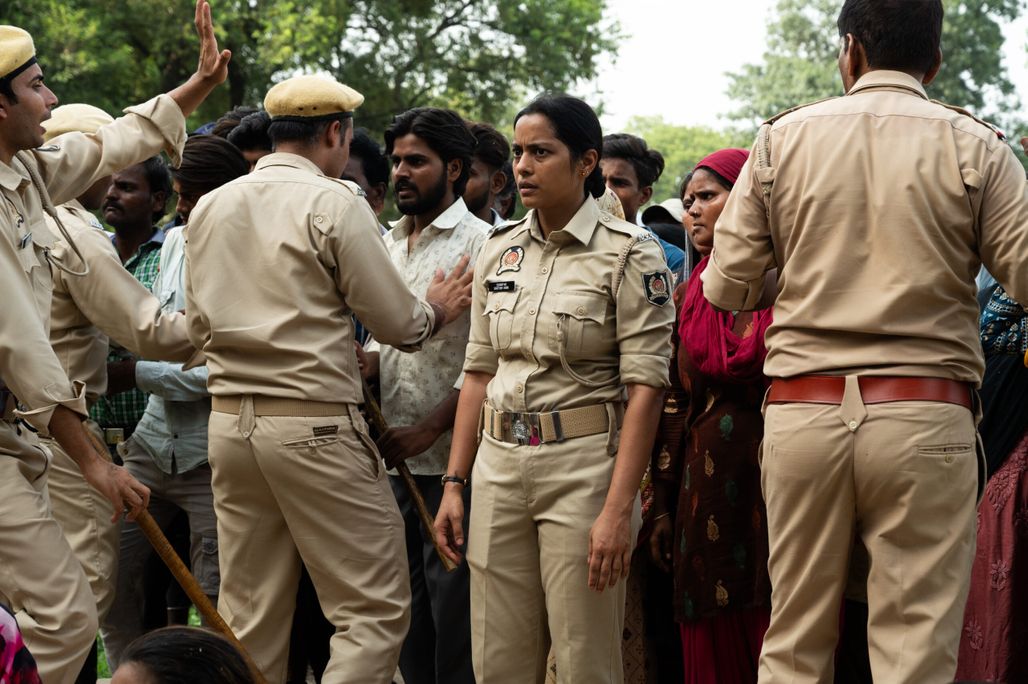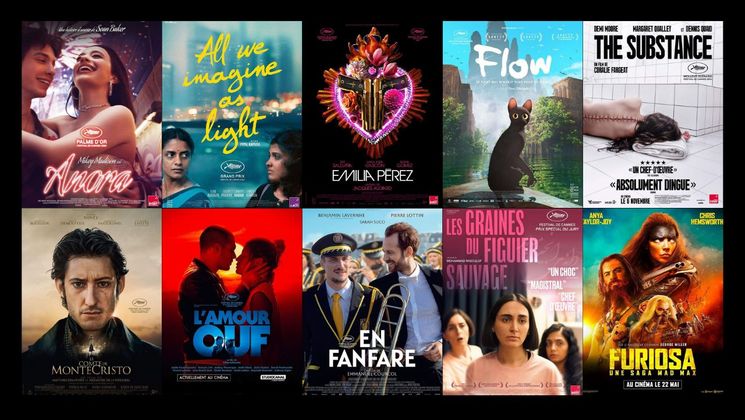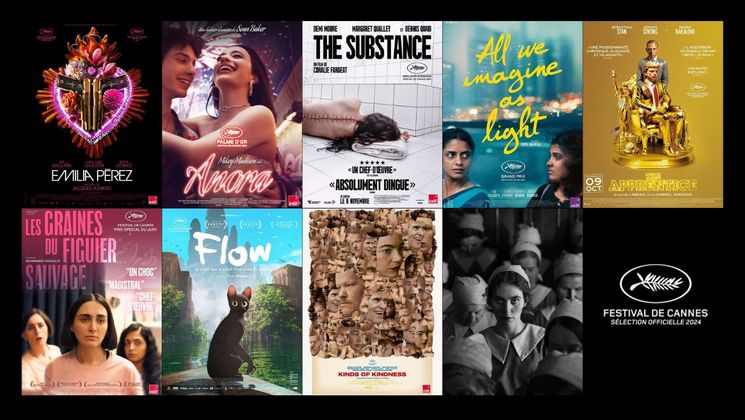
Santosh, Sandhya Suri’s vision

In Santosh, presented at Un Certain Regard, Indian filmmaker Sandhya Suri follows a young widow who, having inherited her husband’s position in the police force, finds herself plunged into a tortuous investigation alongside an authoritarian inspector.
What inspired you to begin work on this film?
For a long time, I had been searching for a meaningful way to talk about violence against women. I was in India researching and working with various NGOs when I came across an image. There were nationwide protests following the Nirbhaya gang rape case and this was an image from Delhi of a huge crowd of angry female protestors, faces contorted with rage, and a line of female police officers, forcing them back. One of them had such an enigmatic expression. I was fascinated by her. To explore this violence and her power within it felt exciting. Once I started to research female police constables I learnt of the government scheme of ‘appointment on compassionate grounds’ in which eligible dependents of deceased police officers can inherit their jobs. During my research, I spent time with many such widows. Some had previously led very sheltered lives, never even leaving the house without their husband or a relative until they started their police training. I was struck by the journey from housewife to widow to policewoman. That was a journey I wanted to write about and one I wanted to watch.
Please describe your working method and the atmosphere on set.
On set the atmosphere was sweaty, focused, and about hard work. I am particularly passionate about sound and, knowing India, I knew what we might come up against in terms of the unstoppable noise of daily life. My boom operator Shashi was used to years of negotiation with Indian street life. He kept a box of lollipops always handy for noisy schoolchildren and one day did indeed save a scene that way. Victory was short-lived, though, when, the next day, we embarked upon the darkest sequence of the film to a surprise soundtrack of religious songs blaring over the village speakers!
Please share a few words about your actors.
In Shahana I had just what I was looking for, the right mix of hardness and sweetness, anger held within restraint, energy and a hunger I always saw in Santosh, a wanting for something more. She delivered all these things so superbly on set with professionalism and good energy and was super easy to work with. Sunita brought us a really human Sharma, not an archetype. Her face delivers so much vulnerability. I loved that layer she brought. Sharma I feel is ultimately unknowable; what she knows, how much she even believes her own rhetoric is up for debate and Sunita played that beautifully.
What did you learn during the course of making this film?
Coming from the world of documentaries, filming Santosh was about learning to feel safe in fiction, seeing where to find a home on set. This film was a long time in the making and what really helped to keep shooting manageable was knowing the story so well and having done solid research. They were my roots through which to filter all the questions and decisions. I learnt that I have quite a high tolerance for lack of sleep and that I won’t make choices which feel wrong just because we’re under time pressure.


